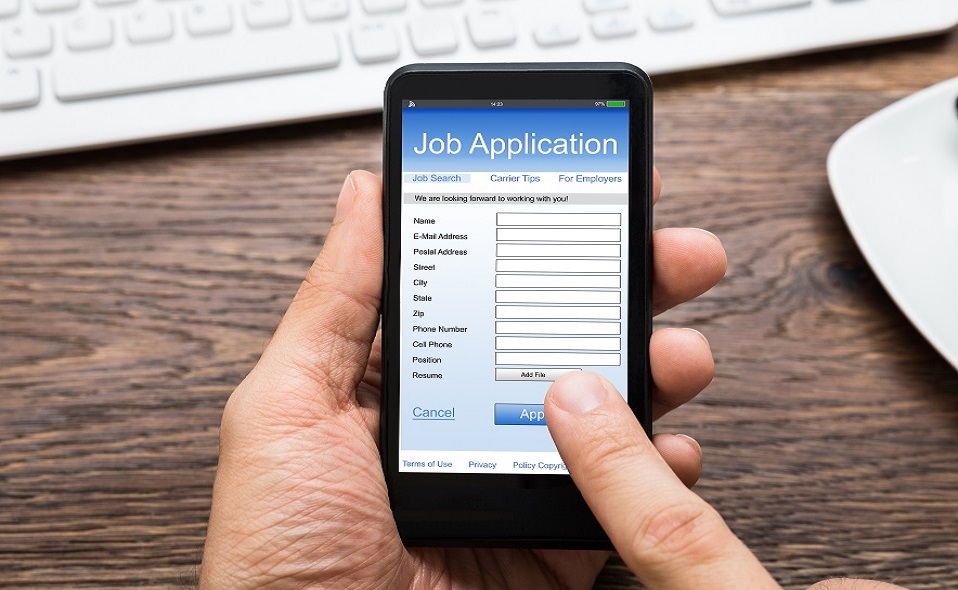
You can do more when communicating to employees!
With an ever more diverse workforce, there is a need to evaluate what communications are being sent out and if the message is effective.
Employers tend to opt for a blanket approach when communicating due to constraints in time and resources. However certain messages need to be tailored to suit specific audience’s needs. For instance, a blanket approach to pensions would not resonate well with many employees as the message relayed to employees in their 20s should be very different to those approaching retirement.
The same can be said for ‘Central Office’ messages which don’t take into account local economies and events. Although sending one email to everyone is easier, this approach can often make staff in other locations feel disengaged. Video calls can work well in engaging with virtual workforces and can help in the delivery of a message in a more friendly and personal way.
You should also consider what communication methods would suite a multi-generational workforce. Younger generations may prefer technology rather than face-to-face communication. Other groups may respond better to printed communication. Additionally some people need to hear information where others may need to read it in order to fully comprehend it. However the information is presented, make sure its visual. Colourful and creative images can help attract and explain the information better than a dry plain poster or email.
Information overload can also restrict the amount of information an employee will take away with them. Research shows that most people only retain 3-5 points from any communications, therefore keep the message short and to the point to ensure no important messages are lost.
Don’t shy away from repetition. Employees often need reminding to complete a task and it can help to cement key messages. Overall it’s better for an employee to receive a message too many times than too few. Make sure each message has been slightly tweaked and the subject line changes to ensure employees open and read the message.






